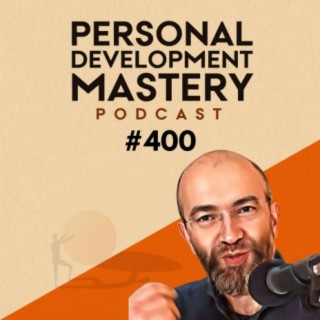
**Interview with a Millionaire: Insights from a $22 Million Net Worth**
In the realm of personal finance, it’s always beneficial to learn from those who have successfully navigated the road to financial freedom. Today, we delve into the life, financial journey, and beliefs of a 50-year-old retiree who has accumulated a net worth of $22 million. This interview uncovers strategies, techniques, and shifts in mindset that can offer valuable takeaways for anyone aiming to enhance their wealth.
### **Overview**
1. **Current Age and Family**:
– The interviewee is 50 years of age, with his wife being 46. They have been married for two decades and have three children, aged 9, 14, and 16.
– They reside in the suburban regions of a major city in the Northeast U.S.
2. **Current Net Worth & Assets**:
– Their net worth stands at $22 million, with major asset categories including:
– **Public Equities**: $14.6M (covering retirement accounts and 529 education savings plans).
– **Private Real Estate Holdings**: $3.7M.
– **Private Equity**: $1M.
– **Alternative Investments** (like VC, music royalties, litigation finance): $1M.
– **Private Lending**: $600K.
– **Primary Residence**: $700K.
– **Cash**: $700K.
### **Earning**
3. **Career & Income**:
– Recently retired, the interviewee’s professional background spans 30 years in accounting, finance, and various executive roles, including positions as CFO, COO, and President.
– Prior to retirement, his annual income fluctuated between $500K and $1M, while his current retirement investment income ranges from $300K to $400K.
4. **Income Growth History**:
– His inaugural job earned him $36K nearly thirty years ago. Through steady growth averaging 15% per year, his income experienced significant increases:
– After five years: $60K average.
– The subsequent five years: $170K average.
– Following that: $380K, $710K, ultimately reaching an approximate $1.3M average annually during his last seven working years.
5. **Tips for Growing Career Income**:
– He asserts that changing jobs isn’t necessary to enhance earnings. Instead, he advocates for creating internal opportunities through hard work, proactive engagement, and capitalizing on key moments in one’s career when leverage exists (like performance reviews or promotion talks).
– He encourages individuals to be irreplaceable and take control of their career paths, supporting the case for higher pay when circumstances are favorable.
6. **Work-Life Balance**:
– Early in his career, he acknowledges a lack of balance, a common scenario for those without family obligations. As time progressed, he discovered that true balance involves being engaged both physically and mentally.
7. **Other Income Streams**:
– His investment income comprises:
– **Stock Dividends and Bond Interest**: $130K.
– **Real Estate**: $100K.
– **Other Investments (Alts, PE, etc.)**: $130K.
These streams were cultivated through dedicated research and a process of trial and error, eventually allowing him to become an accredited and qualified investor, leading to new investment opportunities.
### **Saving**
8. **Spending & Budgeting**:
– The family’s annual expenditure is around **$195K**:
– Key categories encompass groceries (13%), vacations (13%), mortgage (9%), and property taxes (8%).
– They don’t adhere to rigid budgets but rather analyze spending patterns to spot trends and prepare for future needs.
9. **Saving Strategy**:
– Saving over **50% of their income** since achieving $300K in annual earnings approximately 16 years ago has been fundamental to their wealth accumulation. By consistently living significantly below their means, they have been able to invest vigorously, particularly in the stock market.
10. **Best Tip for Saving Money**:
– He stresses the importance of living under one’s means and notes that a partner’s financial habits significantly influence overall financial success. For instance, his wife’s frugality has contributed to their low-cost lifestyle despite substantial earnings.
– Concentrate on what truly matters to you; for him, it was achieving financial independence rather than accumulating material goods.
### **Investing**
11. **Investment Philosophy**:
– Five key principles shape his investment choices:
1. No individual investment or position should surpass 5% of net worth.
2. Invest only with sponsors who have successfully weathered multiple downturns.
3. Steer clear of high-risk categories and speculative investments.